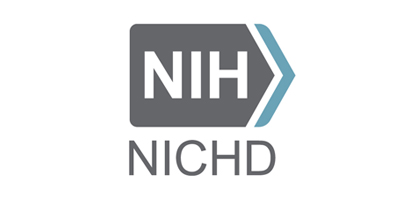
Global multi-site endometriosis collaboration enhanced by WERF EPHect tools
Five year project on “integrative analysis of genomic, epigenomic and phenotypic data for disease stratification of endometriosis” to be funded by the NICHD.
In the fall of 2015, the Eunice Kennedy Shriver National Institute of Child Health and Human Development (NICHD) of the National Institutes of Health (NIH) released a request for research project grant applications that focused on “Collaborative research in genomics, epigenomics, and bioinformatics in gynecologic health and disease.”
Among the many applications, a collaborative team that is utilising the EPHect tools has been funded effective 1 November 2016!
This five-year project, “Integrative analysis of genomic, epigenomic and phenotypic data for disease stratification of endometriosis“, will combine endometrial tissue and WERF EPHect harmonised participant and surgical data from five sites:
- University of California San Francisco (UCSF)
- Boston Center for Endometriosis (BCE)
- Endometriosis CaRe Centre in Oxford (EndOx)
- University of Melbourne
- University of Queensland
This multi-PI project is led by Linda Giudice MD PhD, UCSF Distinguished Professor of Obstetrics, Gynecology & Reproductive Sciences, Atul Butte MD PhD, Professor and Director of the UCSF Institute for Computational Health Sciences, and Stacey Missmer ScD BCE, Scientific Director and Professor of Obstetrics, Gynecology & Reproductive Biology at Michigan State University. International collaborative leaders include Professor Krina Zondervan DPhil and Christian Becker MD, Co-Directors of EndOx at University of Oxford; Professor Grant Montgomery PhD, University of Queensland; and Peter Rogers PhD, Professor of Women’s Health Research, University of Melbourne and Director of Research, Royal Women’s Hospital.

Principal Investigator Missmer stated
This is a new beginning in precision medicine where phenotyping is essential
Furthermore, Principal Investigator Giudice added

The time, resource, and cost benefits of combining harmonised data facilitated by the WERF EPHect tools streamlined what will hopefully be exciting discoveries during this five-year project
